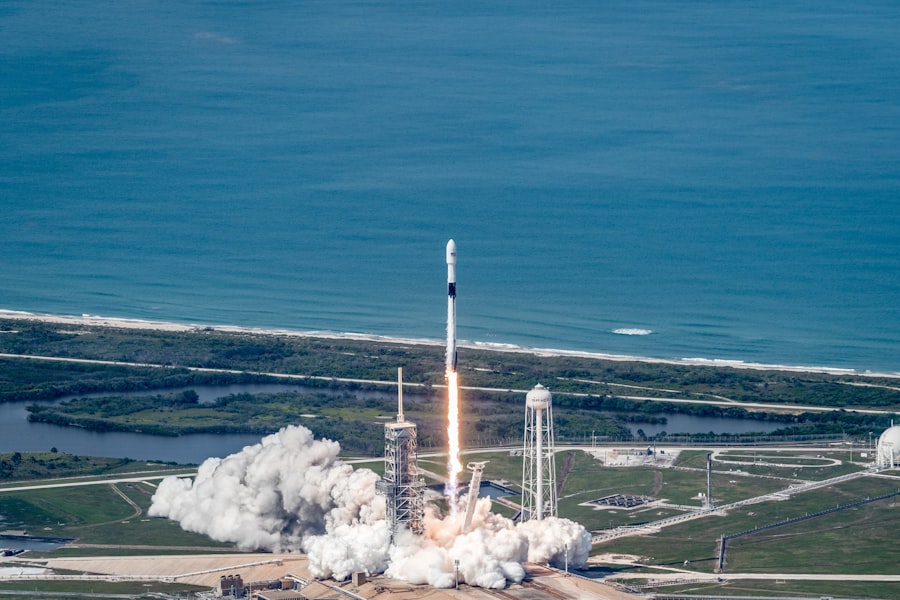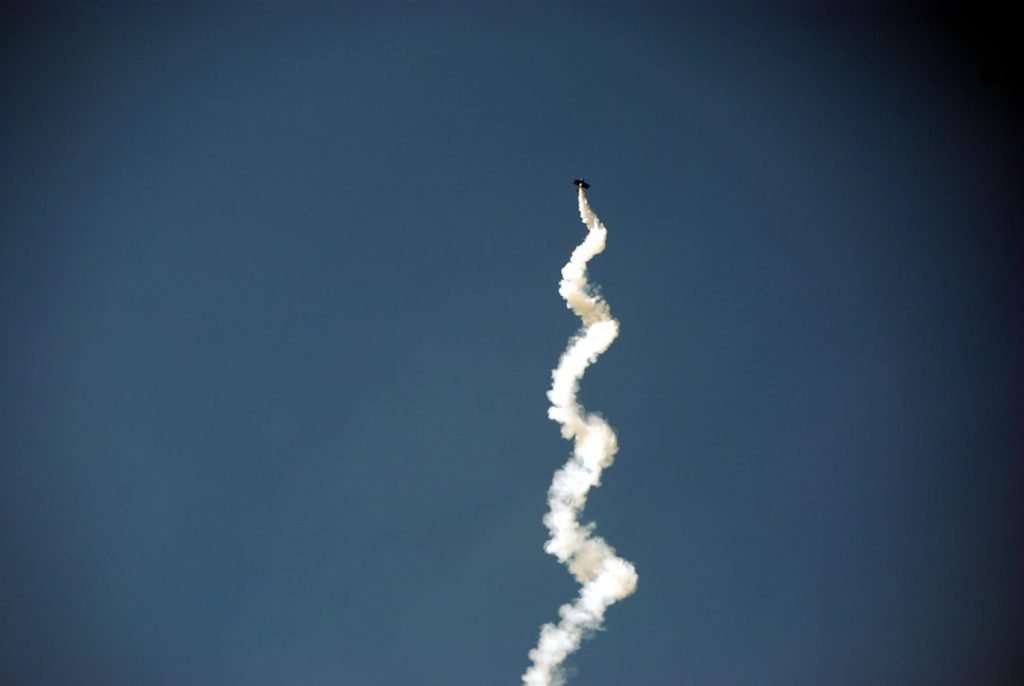The launch of a satellite represents a significant milestone in the realm of space exploration and technology. Satellites serve as critical tools for a variety of applications, including communication, weather forecasting, navigation, and scientific research. Each successful launch not only enhances our understanding of the universe but also contributes to the advancement of technology that impacts daily life on Earth.
The importance of a satellite launch can be underscored by its potential to improve global connectivity, enhance data collection for climate studies, and facilitate advancements in various scientific fields. Moreover, satellite launches often symbolize national pride and technological prowess. Countries invest heavily in their space programs, viewing successful launches as a demonstration of their capabilities in science and engineering.
The geopolitical implications of satellite technology cannot be overlooked; nations leverage their satellite capabilities for strategic advantages, including surveillance and reconnaissance. Thus, each launch is not merely a technical achievement but also a statement of a nation’s aspirations and its place in the global arena.
Key Takeaways
- The satellite launch is crucial for global communication and technology advancement.
- SpaceX played a significant role in the successful mission, showcasing its capabilities in space exploration.
- The technical details of the satellite highlight its advanced features and capabilities for its mission.
- The launch process involved careful planning and execution to ensure the satellite’s successful deployment.
- The satellite’s mission and objectives aim to improve global communication and technology, with potential future implications for various industries.
The Role of SpaceX in the Mission
SpaceX has emerged as a pivotal player in the landscape of space exploration, revolutionizing the industry with its innovative approach to rocket design and launch services. Founded by Elon Musk in 2002, the company has made significant strides in reducing the cost of access to space through reusable rocket technology. In the context of satellite launches, SpaceX has become synonymous with reliability and efficiency, often serving as the launch provider for various governmental and commercial satellites.
The company’s Falcon 9 rocket has become a workhorse for satellite deployments, capable of carrying payloads to various orbits with precision. SpaceX’s role in satellite missions extends beyond mere transportation; it also involves meticulous planning and coordination with clients to ensure that each launch meets specific requirements. The company’s commitment to rapid turnaround times and cost-effectiveness has made it an attractive option for organizations looking to deploy satellites quickly and efficiently.
This has led to an increase in the frequency of launches, thereby accelerating the pace of technological advancement in satellite capabilities.
Technical Details of the Satellite

The technical specifications of a satellite are crucial in determining its functionality and effectiveness in fulfilling its mission objectives. Satellites can vary widely in size, weight, and purpose, but they generally consist of several key components: a power system, communication equipment, onboard processing units, and sensors or payloads tailored to their specific missions. For instance, a communications satellite may be equipped with transponders that facilitate data transmission between ground stations and end-users.
In recent years, advancements in miniaturization and materials science have led to the development of small satellites, or CubeSats, which can perform many functions traditionally reserved for larger satellites. These smaller satellites are often more cost-effective to build and launch, allowing for greater flexibility in deployment strategies. Additionally, modern satellites are increasingly equipped with sophisticated technologies such as artificial intelligence for autonomous operation and advanced imaging systems for high-resolution data collection.
The integration of these technologies enhances the satellite’s ability to perform complex tasks while minimizing operational costs.
The Launch Process
| Stage | Metrics |
|---|---|
| Idea Generation | Number of ideas generated |
| Market Research | Market size, competition analysis |
| Product Development | Time to develop, cost of development |
| Testing | Bugs found, user feedback |
| Marketing | Marketing budget, reach, engagement |
| Launch | Number of units sold, revenue generated |
The launch process is a meticulously orchestrated series of events that culminates in placing a satellite into its designated orbit. It begins long before the rocket ignites its engines; extensive planning and preparation are required to ensure that all systems are functioning optimally. This includes pre-launch checks on the rocket’s hardware, software systems, and payload integration.
Engineers conduct simulations and rehearsals to anticipate any potential issues that may arise during the countdown. On launch day, the process is marked by a series of critical milestones. The rocket is transported to the launch pad, where it undergoes final inspections.
As the countdown progresses, fueling operations take place, followed by system checks that confirm readiness for liftoff. Once all systems are green-lit, the rocket is launched into the sky, propelled by powerful engines that generate immense thrust. The trajectory is carefully calculated to ensure that the satellite reaches its intended orbit efficiently.
After reaching space, the rocket’s first stage typically separates from the second stage, which continues to carry the payload into orbit before deploying the satellite.
The Satellite’s Mission and Objectives
Each satellite is designed with specific mission objectives that dictate its operational parameters and functionalities. For instance, a weather satellite may be tasked with monitoring atmospheric conditions to provide real-time data for meteorological forecasts. This involves collecting information on temperature, humidity, wind patterns, and cloud cover.
The data gathered can significantly enhance our understanding of climate change and improve disaster preparedness. In contrast, reconnaissance satellites serve military purposes by providing high-resolution imagery for surveillance and intelligence gathering. These satellites are equipped with advanced imaging technologies that allow them to capture detailed pictures of Earth’s surface from orbit.
Their capabilities can influence national security strategies and inform decision-making processes at various levels of government. Regardless of their specific missions, satellites contribute invaluable data that supports scientific research, enhances public safety, and drives technological innovation across multiple sectors.
Future Implications of the Satellite Launch

The implications of a successful satellite launch extend far beyond immediate applications; they can shape future technological landscapes and influence global dynamics. As more satellites are deployed into orbit, particularly in low Earth orbit (LEO), we can expect an exponential increase in data availability across various fields such as telecommunications, environmental monitoring, and scientific research. This surge in data can lead to improved algorithms for machine learning and artificial intelligence applications, fostering innovations that were previously unimaginable.
Furthermore, as nations and private companies continue to invest in satellite technology, we may witness a shift towards more collaborative efforts in space exploration. International partnerships could emerge to share data collected from satellites for global challenges such as climate change or disaster response. This collaborative spirit could pave the way for joint missions that leverage diverse expertise and resources, ultimately enhancing our collective ability to address pressing issues facing humanity.
SpaceX’s Contribution to Space Exploration
SpaceX’s contributions to space exploration are profound and multifaceted. By successfully developing reusable rocket technology, SpaceX has drastically reduced the cost of launching payloads into space. This innovation has democratized access to space for smaller companies and countries that previously lacked the resources to conduct their own launches.
As a result, we are witnessing an unprecedented surge in commercial space ventures aimed at deploying satellites for various purposes. Additionally, SpaceX has played a crucial role in advancing human spaceflight capabilities through its Crew Dragon spacecraft. By transporting astronauts to the International Space Station (ISS), SpaceX has revitalized interest in human exploration beyond Earth’s atmosphere.
This achievement not only demonstrates the viability of private sector involvement in space exploration but also sets the stage for future missions aimed at Mars and beyond. The company’s ambitious plans for interplanetary travel could redefine humanity’s relationship with space and inspire future generations to pursue careers in science and engineering.
The Impact on Global Communication and Technology
The impact of satellite launches on global communication cannot be overstated. Satellites facilitate instantaneous communication across vast distances, enabling people from different corners of the world to connect seamlessly. This capability has transformed industries such as telecommunications, broadcasting, and internet services.
For instance, satellites provide essential connectivity in remote areas where traditional infrastructure is lacking, bridging digital divides and fostering economic development. Moreover, advancements in satellite technology have led to innovations such as high-speed internet access via low Earth orbit constellations. Companies like SpaceX with its Starlink project aim to provide global broadband coverage through a network of thousands of small satellites orbiting Earth.
This initiative has the potential to revolutionize internet access by offering high-speed connections even in underserved regions. As satellite technology continues to evolve, we can expect further enhancements in communication capabilities that will drive technological progress across various sectors while fostering greater global interconnectedness.


